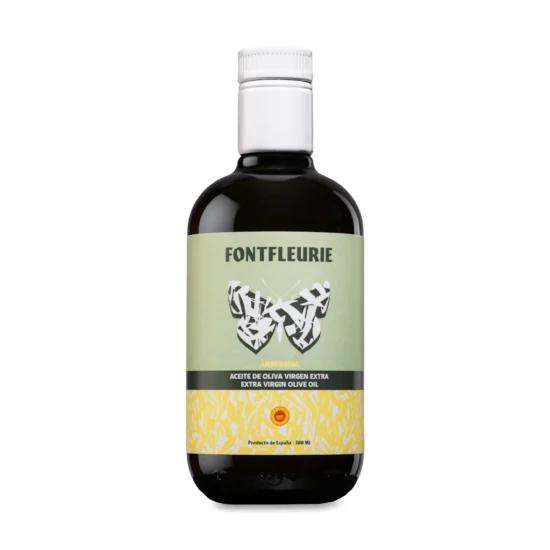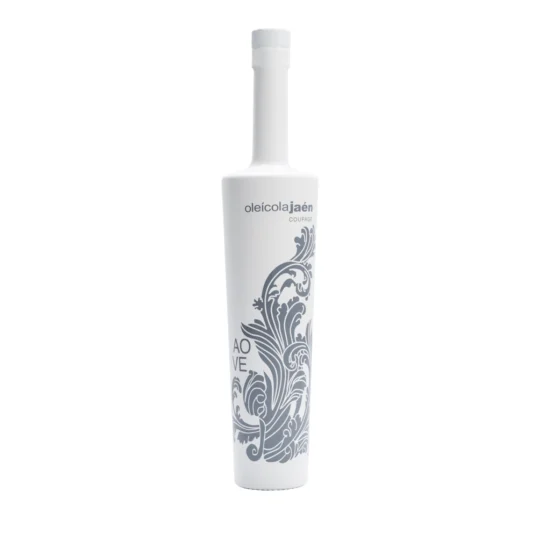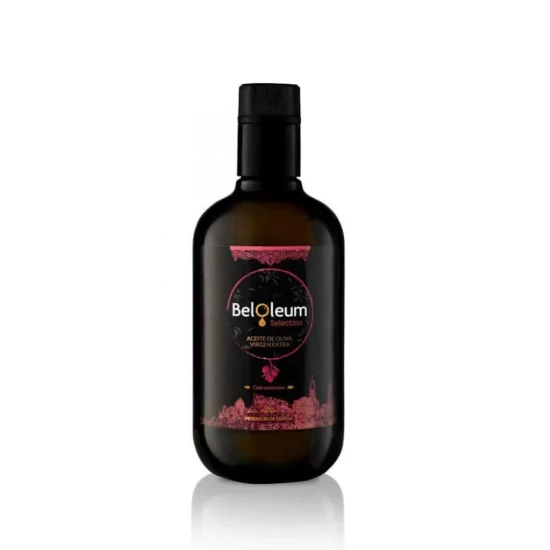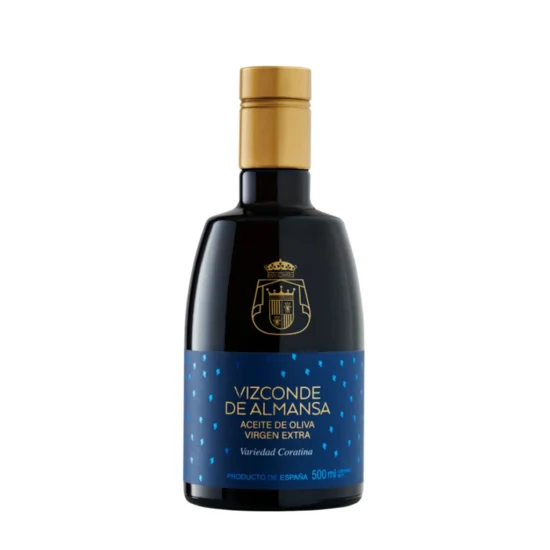
The world of culinary fats is vast and varied, with vegetable oils occupying a prominent place alongside the iconic olive oil. Understanding the nature, production, and properties of vegetable oils is essential for making informed cooking and health choices. This article offers a detailed technical analysis of vegetable oils, highlighting their extraction processes, physicochemical, and nutritional characteristics, and comparing them with olive oil.
The term “vegetable oil” encompasses a broad category of oils extracted from various parts of plants, primarily seeds or oleaginous fruits. The diversity of sources results in significant heterogeneity in terms of composition, flavor, texture and culinary applications. Some of the most common vegetable oils include:
This list is not exhaustive, and many other vegetable oils, such as coconut oil, palm oil, linseed oil, safflower oil, etc., have specific characteristics and applications.
The vegetable oil extraction process varies considerably depending on the type of seed or fruit and the production objectives (yield, quality). There are two main methods: pressing and solvent extraction.
Mainly used to extract the remaining oil from pressed cakes or for seeds with low oil content, this method involves the use of chemical solvents, hexane being the most common. The solvent dissolves the oil present in the plant material, and the oil is then separated from the solvent by distillation at high temperatures (around 95°C). Although this method is effective in maximizing yield, it raises concerns about potential solvent residues and heat-induced alteration of natural vegetable oil compounds.
Most industrially produced vegetable oils undergo a multi-step refining process aimed at improving their appearance (light color, absence of sediment), odor, and stability. Typical refining steps include:
Although refining produces more stable and neutral-looking vegetable oils, it can result in a significant loss of beneficial, heat-sensitive compounds such as vitamins (especially vitamin E and vitamin K), essential fatty acids (omega-3 and omega-6), and polyphenols, which are powerful antioxidants. In many cases, the vitamins listed on the label of refined vegetable oils are synthetic additives added after the refining process for marketing purposes.
Olive oil, particularly extra virgin olive oil (EVOO), differs from refined vegetable oils in its extraction method and composition. EVOO is obtained through mechanical cold-pressing processes at controlled temperatures (generally below 27°C), which preserves all of its natural nutrients, antioxidants (polyphenols), and aromas.
In culinary terminology, a neutral oil is defined by its discreet, or even imperceptible, sensory profile. Unlike oils with strong aromas and flavors, neutral oil does not contribute significantly to cooking. This characteristic makes it particularly versatile, allowing it to be incorporated into a wide range of recipes without altering the taste of other ingredients. Whether for delicate pastries, cooking meats, or frying requiring high heat tolerance, neutral oil acts as a functional fat without imposing its own aromatic character. Common examples of neutral oils frequently used in cooking include:
In summary, neutral oil is a valuable ally in the kitchen when the goal is to enhance flavors. The intrinsic qualities of foods without the interference of a strong oily taste.
Although vegetable oils are common and versatile ingredients in cooking, it is crucial toUnderstand the fundamental differences between cold-pressed virgin oils (such as EVOO) and refined oils. The refining process, while improving stability and appearance, can result in a significant loss of beneficial nutritional compounds.
For a diet focused on health and nutritional richness, choosing virgin oils extracted using gentle methods is recommended. Extra virgin olive oil, with its unique composition and richness in antioxidants, is a superior choice. However, certain virgin vegetable oils (such as virgin flaxseed oil for its richness in omega-3s or virgin walnut oil for its flavor) can complement olive oil in a varied and balanced diet, providing specific nutritional profiles and flavors. Knowledgeable consumers should consider the production method and composition of vegetable oils to make informed choices based on their culinary needs and health goals.
Important Note: aceitedelcampo.com promotes the consumption of extra virgin olive oil for its culinary qualities and health benefits. However, no medication or current treatment should be replaced without the guidance of a healthcare professional.




ALZAYT EXPORT SL
info@aceitedelcampo.com
C/ Eduardo Bosca 19, 2-5
46023 Valencia
Subscribe and receive a coupon by email for your next purchase.